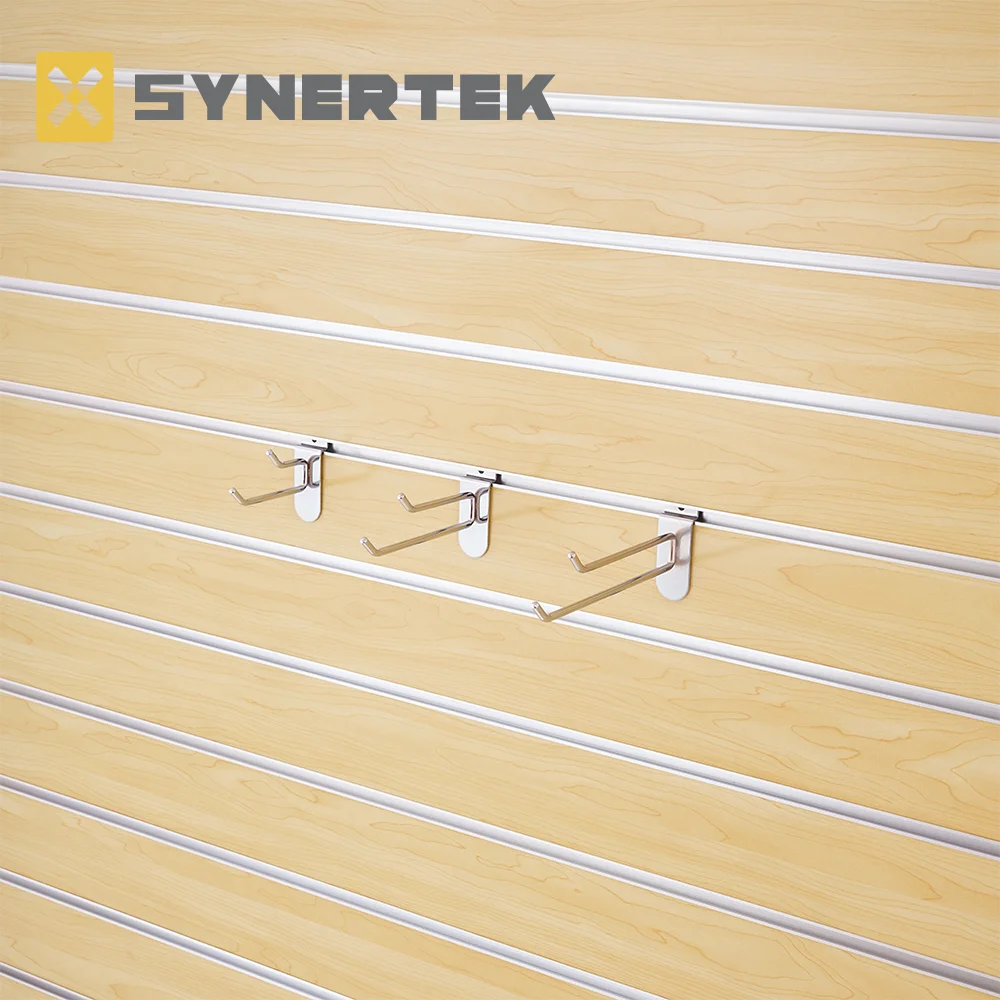Transforming Your Slab Floor: Effective Strategies for Enhanced Warmth and Comfort
3 min readWhen it comes to home comfort, the temperature of your flooring can significantly impact your overall living experience. Slab floors, while durable and aesthetically pleasing, can often feel cold and uninviting, especially during the winter months. If you're asking, How do I make my slab floor warmer? you're not alone. Many homeowners seek effective solutions to enhance the warmth of their slab floors. This article delves into various strategies, from insulation techniques to heating systems, that can transform your slab floor into a cozy haven.
Understanding the Basics: Why Slab Floors Feel Cold
Before we explore solutions, it’s essential to understand why slab floors can feel cold. Concrete is a dense material that retains cold temperatures, especially in climates with significant temperature fluctuations. Additionally, slab floors are often in direct contact with the ground, which can lead to heat loss. This understanding sets the stage for implementing effective solutions to combat the chill.
- Insulation: The First Line of Defense
A. Insulating the Slab
One of the most effective ways to make your slab floor warmer is to insulate it. Insulation can be applied during the initial construction phase or retrofitted in existing homes. Here are some options:
- Foam Board Insulation: Installing rigid foam board insulation beneath the slab can significantly reduce heat loss. This method is particularly effective in new builds, where insulation can be laid before pouring the concrete.
- Radiant Barrier: A radiant barrier can be installed above the slab, reflecting heat back into the living space. This is especially useful in warmer climates where cooling is a priority.
B. Insulating the Perimeter
Don’t overlook the importance of insulating the perimeter of your slab. This can be done by adding insulation around the foundation walls, which helps to minimize heat loss through the edges of the slab.
- Heating Solutions: Bringing the Heat
A. Radiant Floor Heating
One of the most effective methods for warming a slab floor is the installation of a radiant floor heating system. This system can be electric or hydronic (water-based) and works by heating the floor surface directly, providing a consistent and comfortable warmth.
- Electric Radiant Heating: Electric mats or cables can be installed directly under the flooring material. This option is ideal for smaller areas or renovations.
- Hydronic Radiant Heating: This system circulates warm water through pipes embedded in the concrete slab. While more complex and costly to install, it offers efficient heating for larger spaces.
B. Space Heaters
For a more budget-friendly option, consider using space heaters strategically placed in rooms with slab floors. While not as efficient as radiant heating, they can provide immediate warmth and comfort.
- Flooring Choices: Selecting the Right Material
The type of flooring material you choose can also impact the warmth of your slab. Here are some flooring options that can enhance comfort:
- Carpet: Adding carpet over your slab floor can provide insulation and warmth. Choose a thick pad to maximize comfort.
- Area Rugs: If you prefer hard surfaces, consider using area rugs in key areas. They can add warmth and texture while also being easily removable for cleaning.
- Vinyl or Laminate: These materials can provide a warmer feel compared to cold tile or concrete. Look for options with insulating backing for added comfort.
- Additional Tips for Maintaining Warmth
A. Seal Cracks and Gaps
Ensure that your slab is well-sealed. Cracks and gaps can allow cold air to seep in, making your floor feel colder. Use caulk or sealant to fill any openings around the perimeter of the slab.
B. Use Thermal Curtains
If your slab floor is in a room with large windows, consider using thermal curtains to reduce heat loss. These curtains can help maintain a warmer indoor temperature, indirectly benefiting your slab floor.
C. Optimize Your HVAC System
Ensure your heating, ventilation, and air conditioning (HVAC) system is functioning efficiently. Regular maintenance and proper airflow can help maintain a consistent temperature throughout your home, including your slab floors.
Conclusion: Creating a Cozy Environment
Making your slab floor warmer is not just about comfort; it’s about creating a welcoming environment in your home. By implementing insulation, exploring heating solutions, selecting the right flooring materials, and maintaining your space, you can significantly enhance the warmth of your slab floors. Whether you opt for radiant heating or simple insulation techniques, the investment in comfort will pay off in the long run, making your home a more enjoyable place to live.

